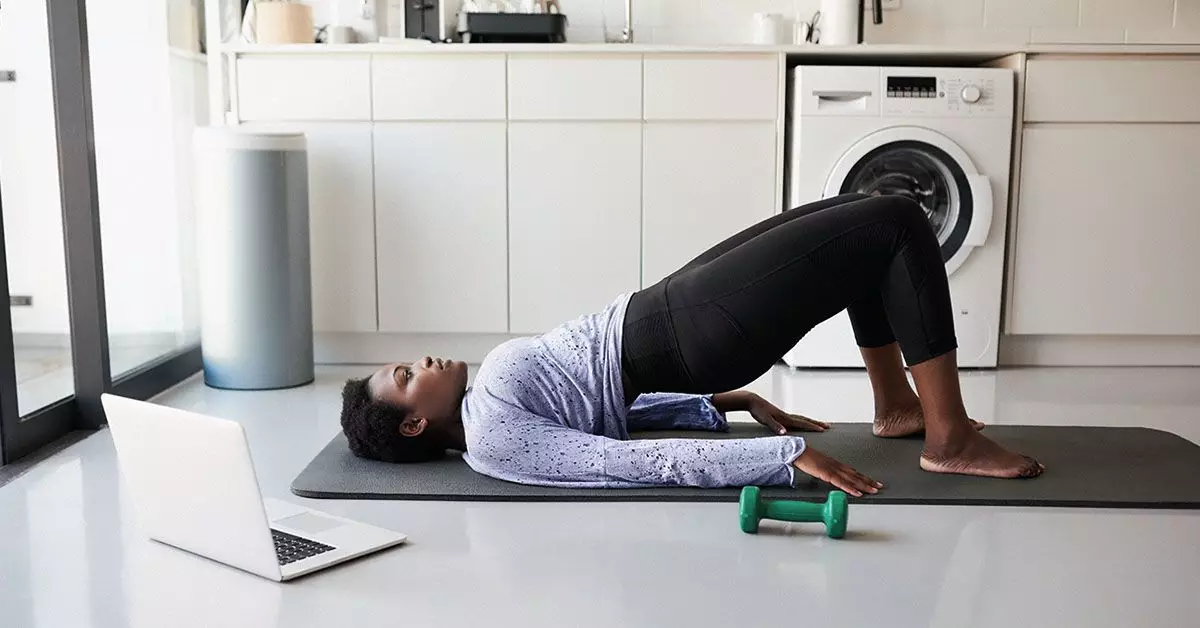Endometriosis is a complex and often debilitating condition characterized by the growth of tissue resembling the uterine lining outside the uterus. The prevalence of this condition highlights the intricate interplay of factors including genetics, hormonal fluctuations, and immune system anomalies. For many individuals, endometriosis not only produces challenging physical symptoms but also contributes to conditions such as Pelvic Floor Dysfunction (PFD). PFD typically manifests when pelvic muscles become strained or unbalanced, often exacerbated by the persistent pain and scar tissue associated with endometriosis.
The implications of this dual struggle—endometriosis alongside PFD—are significant. Individuals often experience overlapping symptoms including chronic pelvic pain, discomfort during urination or bowel movements, and impaired sexual function. As such, a comprehensive understanding of how these two conditions interact is crucial in developing effective management strategies.
While direct evidence linking pelvic floor exercises specifically to endometriosis relief remains inconclusive, emerging research suggests that these exercises can provide a sense of empowerment and alleviate pain symptoms associated with the condition. A notable study conducted in 2024 with 41 women found that participating in group pelvic floor exercises fostered a greater sense of community and support, which can be particularly beneficial for managing chronic health conditions.
Interest in pelvic floor muscle training has surged as it proves essential not only in addressing pelvic pain but also in enhancing overall pelvic health—promoting core strength and stability that can mitigate symptoms of both endometriosis and PFD. The combination of physical exercise and the emotional benefits derived from group settings may empower individuals to reclaim autonomy over their bodies.
Engaging in pelvic floor exercises involves both relaxation and strengthening techniques tailored to individual needs. Here are some recommended practices:
1. **Mindful Relaxation**: Particularly in moments of intense pain or tension, it is vital to emphasize relaxation. Slow, mindful movements paired with deep breathing can enhance the efficacy of exercises while also creating a calming environment.
2. **Kegel Exercises**: Kegels are the foundation of pelvic floor strengthening. To locate these essential muscles, one might try to stop urination midstream—a technique to identify the proper muscle group. Once acknowledged, the exercise consists of squeezing the muscles as if attempting to halt the flow of urine, holding for a duration of 3 to 5 seconds, and then releasing. Over time, individuals can work on increasing the duration of holds and repetitions, gradually building strength without overexerting already tense muscles.
3. **Child’s Pose**: This restorative yoga position can provide relief by stretching and relaxing the lower back, pelvis, and hips. To perform this pose, a person begins on their hands and knees and sinks back onto their heels, extending their arms forward and allowing their forehead to rest on the mat, promoting deep breathing and relaxation.
4. **Bridge Pose**: This pose involves lying on one’s back with knees bent and feet hip-width apart. By lifting the pelvis while tightening both the buttocks and pelvic floor muscles, one can strengthen these crucial areas, improving overall stability. Holding this position for brief intervals can enhance endurance and muscle function.
The challenges of managing both endometriosis and pelvic floor dysfunction extend beyond mere physiological symptoms. For many, conditions can exacerbate one another, creating a cyclical pattern of pain and dysfunction. Activities that increase physical pressure in the pelvic region, such as heavy lifting or prolonged sitting, can aggravate PFD, making a proactive, interdisciplinary approach essential for symptom relief.
Consultation with a healthcare provider who specializes in pelvic health is crucial for individuals experiencing signs of either condition. Therapists can create tailored exercise regimens that address both conditions, ultimately leading to improved quality of life.
Navigating the dual challenges of endometriosis and pelvic floor dysfunction may feel daunting, but incorporating pelvic floor exercises into one’s routine offers a pathway to empowerment and relief. While personal experiences may vary, the potential benefits of these exercises lie not only in physical improvements but also in the emotional and psychological uplift derived from community and self-care practices. Engaging with health professionals ensures that individuals receive the most effective and personalized treatment plans, paving the way to a healthier, more fulfilling life despite the complexities of these conditions.

